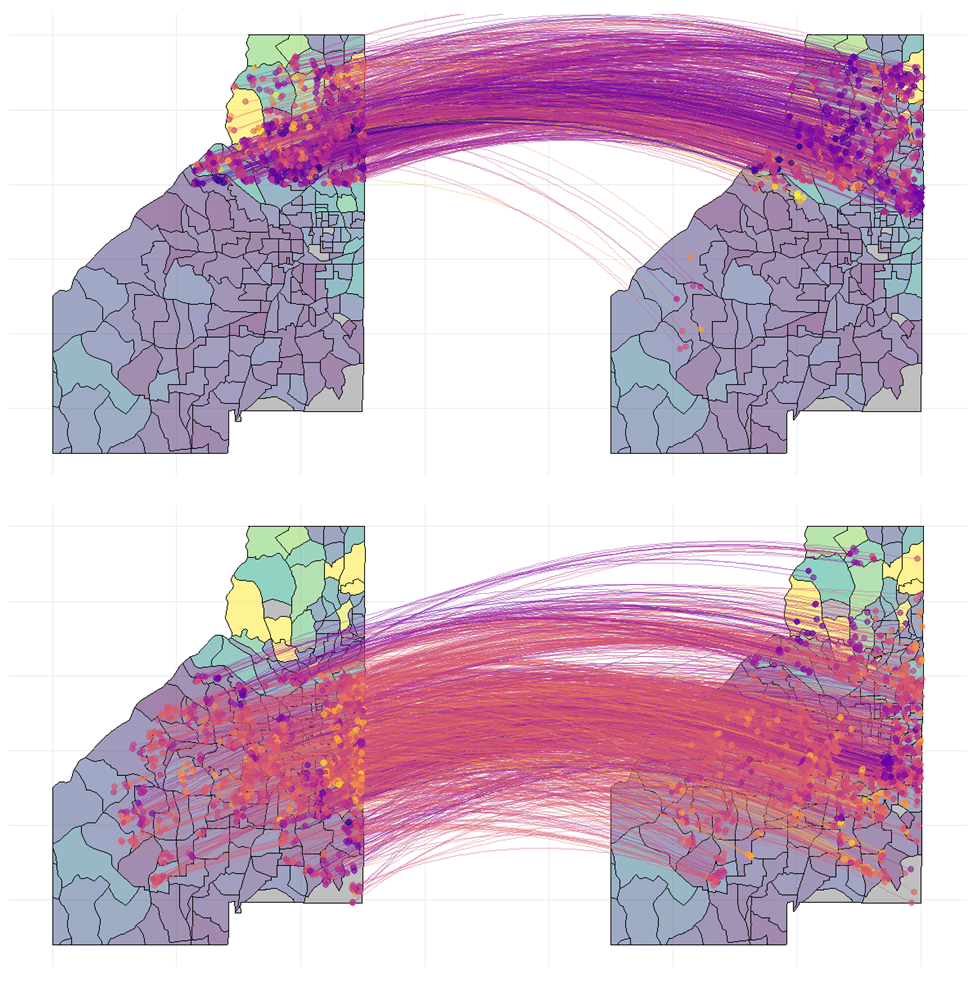
A Fully Endogenized Finite Mixture Modeling Approach to Submarket Delineation in Atlanta, GA
Abstract
This work directly compares two different submarket constructions. Data comes from 5200 Atlanta home sales in 2016 and 2017. The first submarket specification is a spatial hierarchic model built from school districts in the City of Atlanta. The other is an endogenized finite mixture model which endogenously fits an independent parameter array for each of a prespecified, small number of prototypes described below. For each observation, the method fits a unique probability distribution of memberships across those prototypes. With far higher resolution data available than to earlier works, census tract demographics, individual home characteristics and sales price allow for an estimate of the likely persons that occupies a given residence and their preference orderings over set of residential housing options. So, an expected estimate of the ordering from most to least preferred over recent sales can be matched to each home. These orderings are unique to each observation, which allows fitting of a unique parameter coefficient array over each individual home. So, choice of space is important, though less homogeneity is imposed among residents of the same census tract.
Hierarchic models reveal the spatial distribution of home prices across a metropolitan area and estimate efficiently the spatial gradients in hedonic values. Conversely, the endogenized finite mixture model provides insight into the marginal decisions among different types of persons, such as different types of movement among residents between census tracts. Comparing the two models, the hierarchic model does reflect the strong influence of school district, especially very local middle schools, to provide a more efficient snapshot of the existing housing market. Though efficiency statistics between models are comparable, the endogenous finite mix predicts a majority of individuals next best or next less housing choice lies in another, noncontiguous census tract.